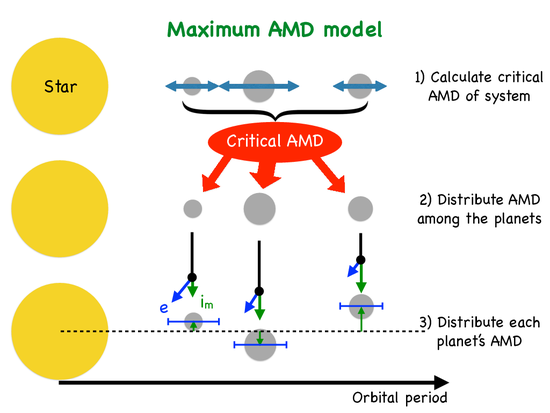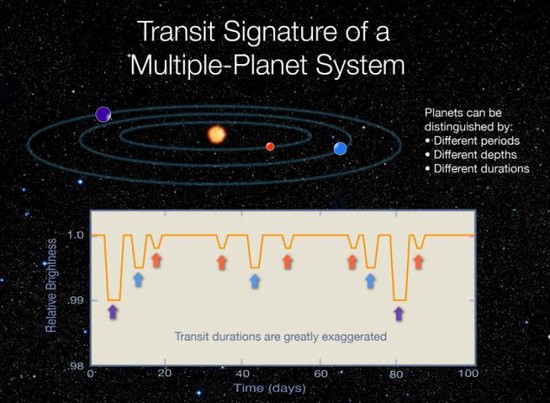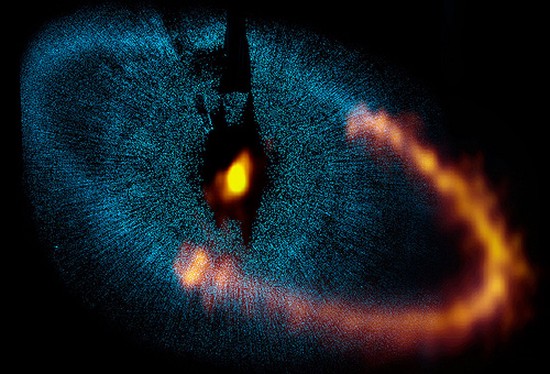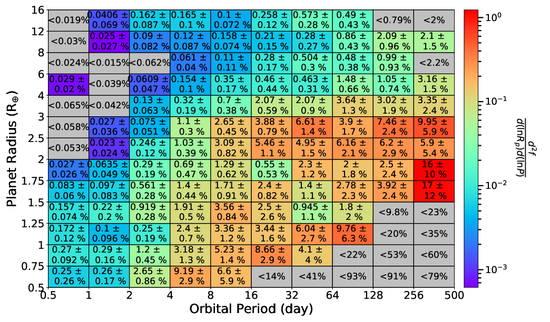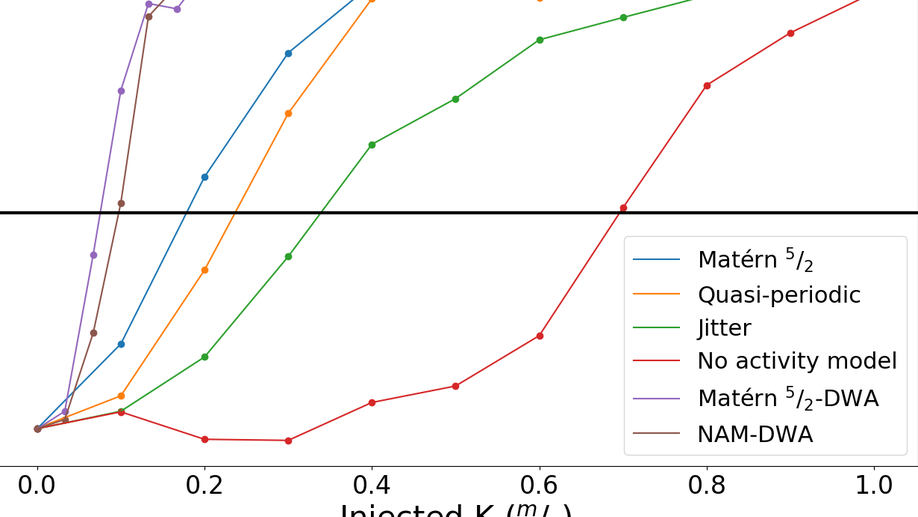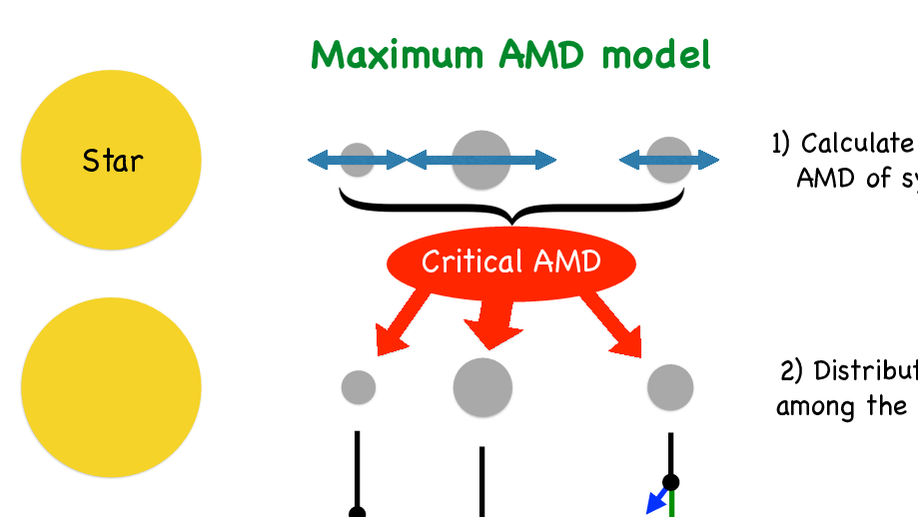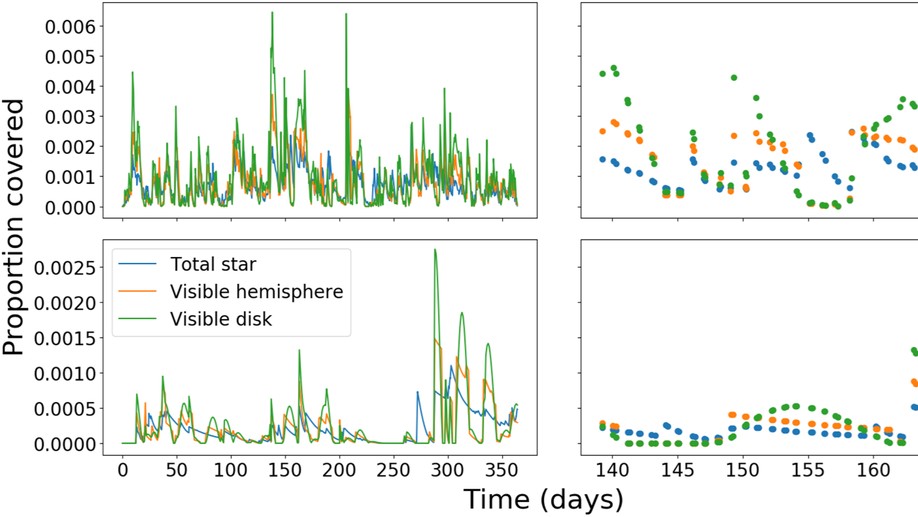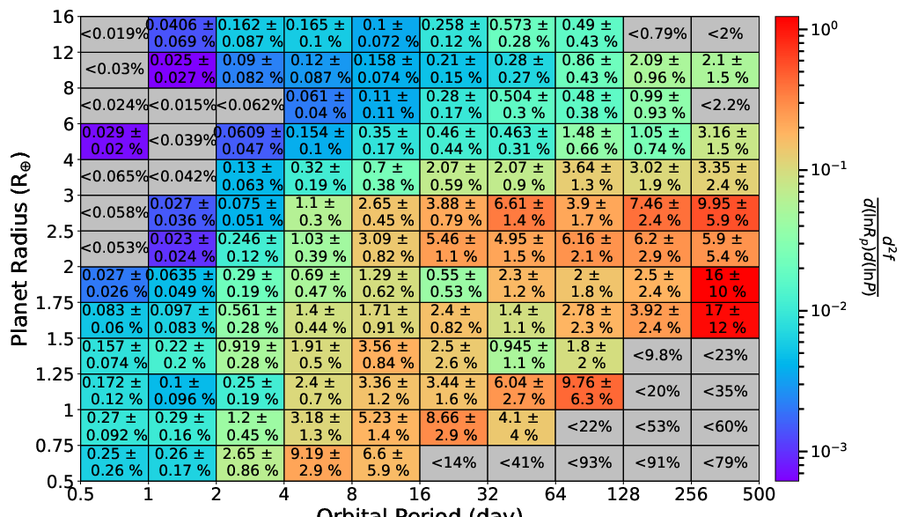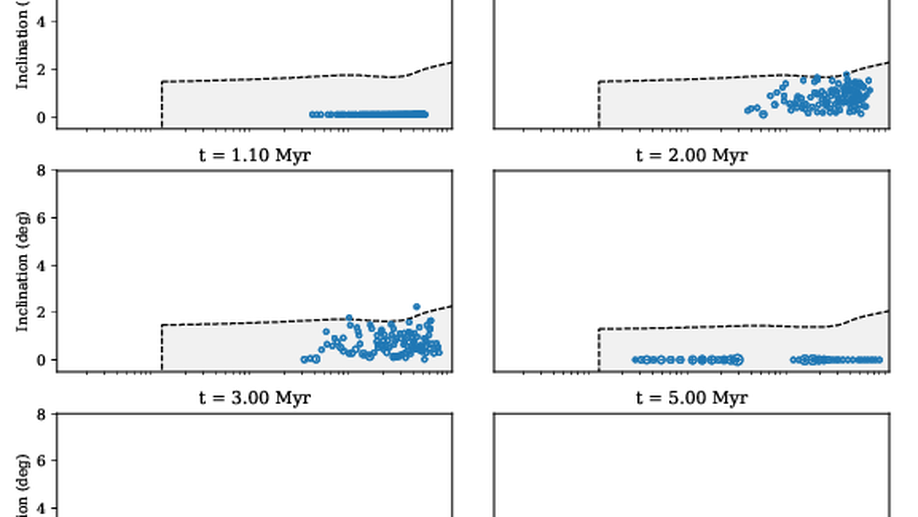The radial velocity method is one of the most successful techniques for the discovery and characterization of exoplanets. Modern spectrographs promise measurement precision of ~0.2-0.5 m/s for an ideal target star. However, the intrinsic variability of stellar spectra can mimic and obscure true planet signals at these levels. Rajpaul et al. (2015) and Jones et al. (2017) proposed applying a physically motivated, multivariate Gaussian process (GP) to jointly model the apparent Doppler shift and multiple indicators of stellar activity as a function of time, so as to separate the planetary signal from various forms of stellar variability. These methods are promising, but performing the necessary calculations can be computationally intensive and algebraically tedious. In this work, we present a flexible and computationally efficient software package, GPLinearOdeMaker.jl, for modeling multivariate time series using a linear combination of univariate GPs and their derivatives. The package allows users to easily and efficiently apply various multivariate GP models and different covariance kernel functions. We demonstrate GPLinearOdeMaker.jl by applying the Jones et al. (2017) model to fit measurements of the apparent Doppler shift and activity indicators derived from simulated active solar spectra time series affected by many evolving star spots. We show how GPLinearOdeMaker.jl makes it easy to explore the effect of different choices for the GP kernel. We find that local kernels could significantly increase the sensitivity and precision of Doppler planet searches relative to the widely used quasi-periodic kernel.
Biography
My research centers around exoplanets, with long-term goals of improving our understanding of planet formation and the dynamical evolution of planetary systems. My research group includes both theoretical modeling of planetary systems and interpretation of exoplanet observations. I emphasize the interface between theory and observation, including techniques for characterizing extrasolar planets, the statistical analysis of extrasolar planet observations, methodology for exoplanet demographics, and the efficient design of extrasolar planet surveys. I collaborate with leading planet surveys, including NASA’s Kepler mission, the Habitable Zone Planet Finder and NEID teams. Ultimately, my research aims to improve our understanding of planet formation & evolution, both in our Solar System and in general.
Interests
- Exoplanets
- Planet Formation
- Orbital Dynamics
- Exoplanet Surveys (RV, Transit, Other)
- Astrostatistics & Astroinformatics
- High-Performance Computing
- Astrobiology
Education
Hubble Fellow, 2006-2007
Harvard-Smithsonian Center for Astrophysics
Miller Research Fellow, 2003-2006
University of California, Berkeley
PhD in Astrophysical Sciences, 2003
Princeton University
BSc in Physics, 1999
Massachusetts Institute of Technology
BSc in Mathematics, 1999
Massachusetts Institute of Technology
